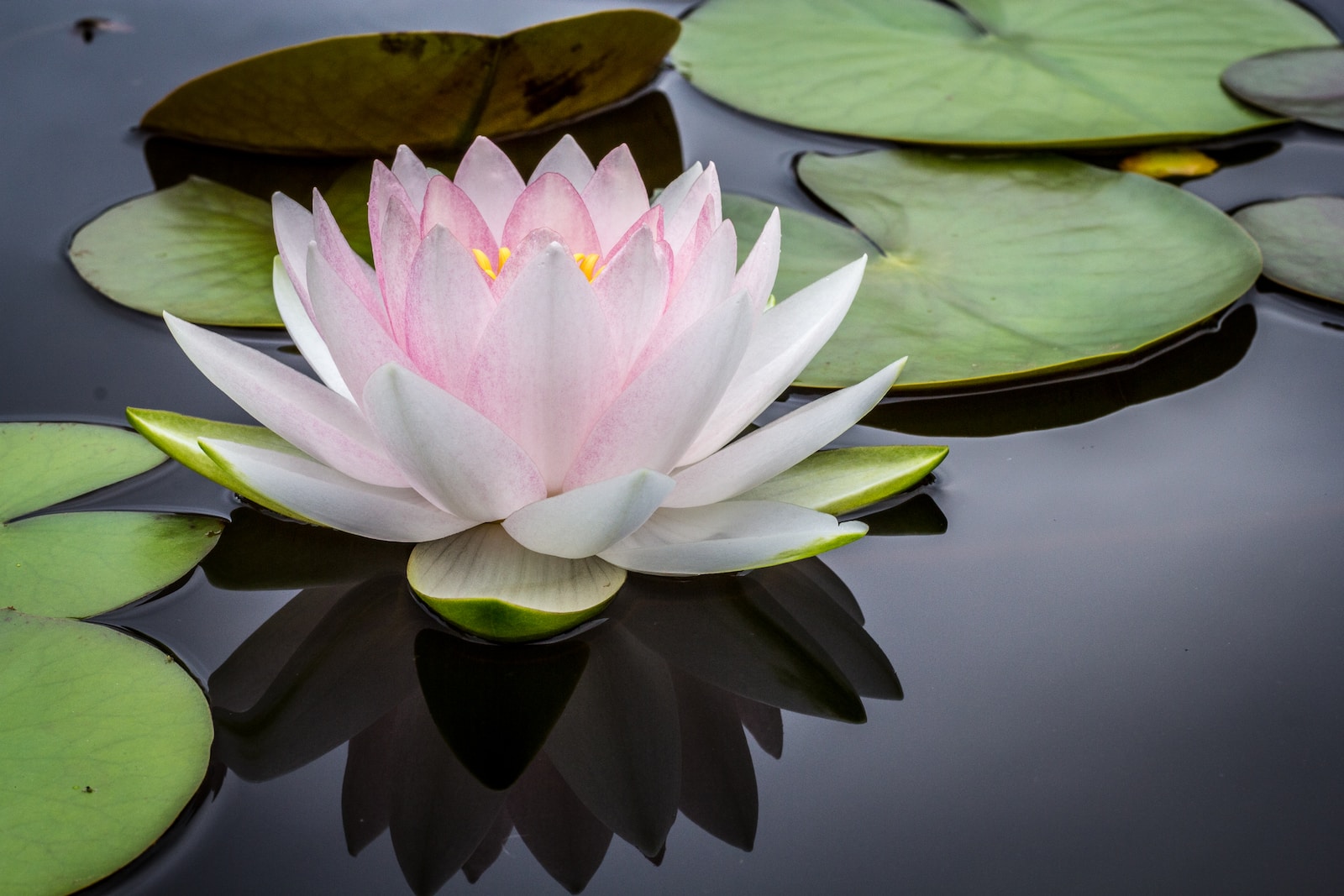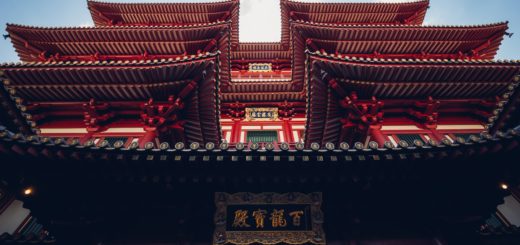Revealing the Hidden Depths of Zen Buddhism

Before diving in, please note: This post is for informational purposes only. If you’d like to know more about how we approach topics, feel free to check out our friendly Disclaimer Page.
Hey there, amazing readers! 🖐️ Just a quick note: yes, we know there are a lot of ads here. Trust us, we get it—it’s not the prettiest look, but they help us keep this blog alive and kicking. Those pesky little ads cover the costs of all the behind-the-scenes magic, from hosting and tech stuff to creating content we hope you’ll love.
We’re committed to delivering quality posts, and your support (even just sticking around despite the ads) means everything to us. So, bear with us, and thanks for helping us keep the good vibes rolling. Now, on to the fun stuff! 😉
TRANSLATE BUTTON AT THE END OF THE ARTICLE
Zen Buddhism, a profound and ancient spiritual practice, has long been a source of fascination and intrigue.
While many are familiar with its surface-level principles of meditation and mindfulness, there exists a little-known secret hidden within the depths of this philosophy.
In this comprehensive article, we will delve deep into Zen Buddhism, unveiling its hidden facets that often escape the casual observer.
From its enigmatic origins to its unique approach to enlightenment, we will explore the essence of Zen in great detail.
The Mysterious Origins of Zen
Zen Buddhism traces its roots back to ancient India, where it emerged as a distinctive school of Mahayana Buddhism.
The word “Zen” itself is derived from the Chinese word “Chan,” which in turn is a transliteration of the Sanskrit term “Dhyana,” meaning meditation.
Zen’s journey took it from India to China, where it underwent a transformative evolution.
In this section, we will unravel the fascinating journey of Zen from its inception in India to its flourishing in China.
The story of Zen’s transmission to China is often shrouded in myth and legend.
One of the most well-known tales tells of the Indian monk Bodhidharma, who is said to have traveled to China in the 5th century to impart the wisdom of Zen.
This historical narrative, however, is just the tip of the iceberg.
The true origins of Zen are a complex tapestry of cultural exchanges, philosophical syncretism, and a profound emphasis on direct experience.
Zen Buddhism, with its origins rooted in India, made its way to China through the transmission of Buddhist teachings.
However, it was in China that Zen truly found its unique character.
The amalgamation of Indian Buddhism with Chinese culture, Daoist influences, and Confucian thought gave rise to a distinct form of spirituality.
The Chinese Chan tradition was characterized by a focus on direct experience and meditation, which laid the foundation for what we now know as Zen.
The Essence of Zen Meditation
At the heart of Zen Buddhism lies its distinctive approach to meditation.
Zen meditation, or “zazen,” is a practice that goes far beyond the conventional understanding of meditation.
It transcends mere relaxation or stress reduction and serves as a gateway to profound spiritual insights.
In this section, we will explore the key elements of zazen and its role in the quest for enlightenment.
Zen meditation is characterized by its simplicity and directness.
Practitioners typically sit in a specific posture, often cross-legged, with a straight back.
The focus is on breath awareness, observing each inhalation and exhalation with unwavering attention.
While this might appear straightforward, the depth of zazen lies in its ability to lead the practitioner to a state of “satori,” or sudden enlightenment.
The practice of zazen is not limited to a specific location or time.
It can be done anywhere, anytime, and in any posture.
This flexibility is a testament to the universality of Zen.
Whether in a monastery or in the midst of daily life, zazen offers a path to awakening.
The Role of Koans in Zen Practice
One of the most intriguing aspects of Zen Buddhism is the use of “koans.” These are paradoxical questions or statements that defy rational analysis.
Koans are used by Zen teachers to challenge the intellect and provoke a breakthrough in understanding.
In this section, we will delve into the enigmatic world of koans and their role in Zen practice.
Koans are not meant to be solved through conventional thinking.
They are designed to disrupt linear thought processes and push the practitioner into a realm beyond logic.
A famous example is the koan, “What is the sound of one hand clapping?” Attempting to answer such a question logically is a futile exercise.
Instead, the practitioner is encouraged to contemplate the koan deeply, allowing it to penetrate their consciousness until it triggers a shift in perception.
The purpose of koans is to break down the barriers of dualistic thinking and lead the practitioner to a direct, non-conceptual understanding of reality.
They are tools that, when wielded effectively, can open the door to satori, the aforementioned state of enlightenment.
Koans are an integral part of Zen training, but their significance remains a well-guarded secret for many.
Zen’s Embrace of the Mundane
Zen’s approach to spirituality is grounded in the ordinary and the everyday.
While many spiritual paths seek to transcend the material world, Zen embraces it fully.
This section explores the paradoxical relationship between the transcendental and the mundane in Zen practice.
In Zen, the distinction between the sacred and the profane is dissolved.
Everyday activities, such as walking, eating, and even cleaning, become opportunities for spiritual realization.
This is embodied in the concept of “everyday Zen,” where the simplest actions are imbued with mindfulness and intention.
The mundane is no longer separate from the sacred; it becomes the sacred.
This emphasis on the ordinary is a profound teaching in Zen.
It challenges the notion that spiritual awakening requires a retreat from the world.
Instead, Zen encourages individuals to find the extraordinary within the ordinary, to see the sacred in the everyday, and to carry the wisdom of meditation into their daily lives.
The Little-Known Art of Tea in Zen
Zen has a deep-rooted connection with the art of tea, known as “Chanoyu” or the “Way of Tea.” This ancient practice embodies many Zen principles and is a well-kept secret to those unfamiliar with its intricacies.
In this section, we will explore the profound philosophy behind the Japanese tea ceremony.
The Japanese tea ceremony is a meticulously choreographed ritual that reflects the principles of Zen.
It emphasizes simplicity, mindfulness, and the appreciation of the present moment.
The preparation and consumption of tea become a meditative act, where every gesture and detail is infused with intention and respect.
The tea room itself is designed to create a sense of harmony and tranquility, inviting participants to enter a state of heightened awareness.
The tea ceremony is a microcosm of Zen philosophy.
It teaches us to savor each moment, to appreciate the impermanence of life, and to find beauty in simplicity.
The act of making and sharing tea becomes a metaphor for living a mindful life.
The secrets of Chanoyu are hidden in plain sight, waiting to be discovered by those who approach it with an open heart and a deep sense of appreciation.
Zen in Modern Life
While Zen Buddhism has a rich history that spans centuries, its teachings remain relevant in the modern world.
The practice of mindfulness, meditation, and the pursuit of enlightenment are more important than ever in our fast-paced, technology-driven lives.
In this section, we will explore how Zen can be applied to contemporary challenges and provide a path to inner peace and self-discovery.
Zen’s emphasis on being present in the moment is a powerful antidote to the distractions of the digital age.
In a world filled with constant notifications and information overload, the practice of mindfulness offers a refuge.
It teaches us to be fully engaged with whatever we are doing, whether it’s sipping tea, walking, or working.
By embracing the now, we can find serenity amidst the chaos.
The concept of “beginner’s mind” is another valuable lesson from Zen.
It encourages us to approach life with openness and curiosity, free from preconceived notions.
This attitude allows for fresh insights and continuous learning, even in familiar situations.
It’s a mindset that can lead to personal and professional growth.
Conclusion
Zen Buddhism, with its enigmatic origins, profound meditation practices, and the use of koans to provoke enlightenment, offers a rich tapestry of spiritual wisdom.
Its unique approach to the ordinary and its deep connection with practices like the Japanese tea ceremony reveal the hidden depths of this ancient tradition.
Zen’s little-known secret lies in its ability to transform the mundane into the sacred and lead practitioners to a state of profound awakening, or satori.
Frequently Asked Questions
1.
What is the main goal of Zen Buddhism?
Zen Buddhism seeks to achieve enlightenment through direct experience, often referred to as satori, by transcending dualistic thinking and perceiving the true nature of reality.
2.
What is the significance of koans in Zen practice?
Koans are paradoxical questions or statements used to provoke a shift in understanding and facilitate direct, non-conceptual realization of reality.
3.
How does Zen embrace the mundane?
Zen dissolves the boundary between the sacred and the profane, encouraging mindfulness and intention in everyday activities, making the ordinary experiences sacred.
4.
How does the Japanese tea ceremony relate to Zen?
The Japanese tea ceremony, or Chanoyu, embodies Zen principles by emphasizing mindfulness, simplicity, and the appreciation of the present moment in the preparation and consumption of tea.
5.
What is the ultimate goal of Zen meditation (zazen)?
The ultimate goal of zazen is to achieve satori, a sudden and profound state of enlightenment, by transcending ordinary perception and experiencing the true nature of reality.
6.
Who is Bodhidharma, and what is his role in Zen’s transmission to China?
Bodhidharma is a legendary figure often credited with bringing Zen Buddhism to China.
His role is a subject of myth and legend, and he is considered one of the early patriarchs of Zen.
7.
Can anyone practice Zen, or is it limited to a specific group of people?
Zen practice is open to anyone, regardless of their background or beliefs.
It is a path of direct experience and realization that welcomes all who seek its wisdom.
8.
How can Zen principles be applied in modern life?
Zen’s teachings on mindfulness, being present in the moment, and maintaining a beginner’s mind can be applied to contemporary challenges, offering a path to inner peace and self-discovery.
9.
What are some common misconceptions about Zen Buddhism?
Common misconceptions include viewing Zen as solely a form of meditation, underestimating the depth of its philosophy, or oversimplifying its teachings.
10.
What are some recommended resources for those interested in exploring Zen Buddhism further?
For those interested in delving deeper into Zen Buddhism, reading books by renowned Zen teachers like Thich Nhat Hanh, D.T.
Suzuki, and Shunryu Suzuki can provide valuable insights and guidance.
Additionally, attending local Zen meditation groups or retreats is a practical way to experience Zen practice firsthand.

The Enlightenment Journey is a remarkable collection of writings authored by a distinguished group of experts in the fields of spirituality, new age, and esoteric knowledge.
This anthology features a diverse assembly of well-experienced authors who bring their profound insights and credible perspectives to the forefront.
Each contributor possesses a wealth of knowledge and wisdom, making them authorities in their respective domains.
Together, they offer readers a transformative journey into the realms of spiritual growth, self-discovery, and esoteric enlightenment.
The Enlightenment Journey is a testament to the collective expertise of these luminaries, providing readers with a rich tapestry of ideas and information to illuminate their spiritual path.
Our Diverse Expertise 🌟
While our primary focus is on spirituality and esotericism, we are equally passionate about exploring a wide range of other topics and niches 🌍📚. Our experienced team is dedicated to delivering high-quality, informative content across various subjects ✨.
To ensure we provide the most accurate and valuable insights, we collaborate with trusted experts in their respective domains 🧑🏫👩🏫. This allows us to offer well-rounded perspectives and knowledge to our readers.
Our blog originally focused on spirituality and metaphysics, but we’ve since expanded to cover a wide range of niches. Don’t worry—we continue to publish a lot of articles on spirituality! Frequently visit our blog to explore our diverse content and stay tuned for more insightful reads.





